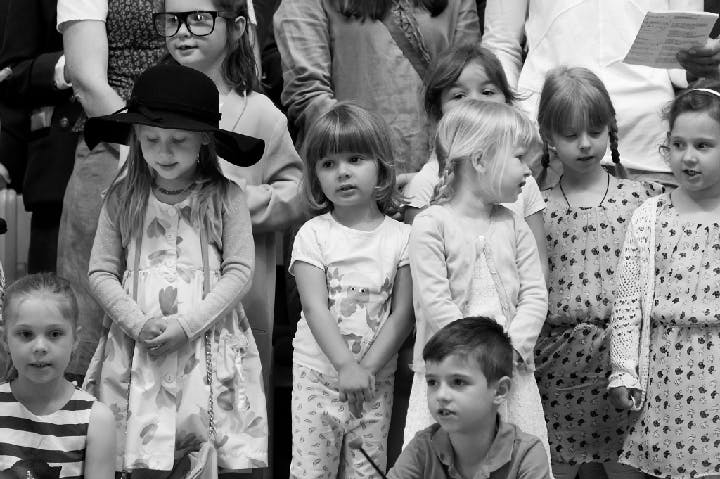Fall 2008
The Graying of Kindergarten
– The Wilson Quarterly
To give children advantages in emotional, academic, or athletic performance, parents are starting their kids in school later. Two experts think the practice intensifies inequality in American life.
Kindergarteners are getting older and older, and it’s not good for the economy, write David Deming and Susan Dynarski of the Kennedy School of Government at Harvard. The age of children entering school has gradually risen since 1968, so that today one in every six fails to start classes in the traditional year of the child’s fifth birthday.
A major reason for the graying of kindergarten is that states have raised the minimum age of enrollment. But this accounts for only a quarter of the change. The rest is the “redshirting” of youngsters intentionally kept out of school by at least some parents who expect them to grow bigger, smarter, and more competitive in the “arms race” for high school football and Harvard.
Educators often describe this extra year of school-free child-hood as a “gift of time” that gives socially or educationally underdeveloped children a chance to mature. But it can also enable enterprising parents to position their offspring to be the oldest in the class, instead of just average. There is no evidence that seniority guarantees success in the long run, but in sports, studies have shown that children who make the elite soccer, hockey, swimming, and tennis teams are disproportionately born just after the age cutoff for those leagues, write the two public-policy scholars.
Having a few hefty nearly-seven-year-olds in a class of children who recently turned five can skew the curriculum of the class as teachers “raise their standards, resulting in lower relative performance and increased grade retention rates for children who enter school at the statutory age,” the authors say. Redshirting parents are more likely to be richer and better educated than those who enroll their children as soon as they are old enough to attend.
Postponing kindergarten intensifies inequality in American life, Deming and Dynarski conclude. It puts the average five-year-old at a disadvantage when compared to children who are 12 to 15 months older. It means that younger children may be labeled immature (and studies have shown that such children are consequently more likely to be judged learning disabled). It makes drop-out rates a bigger drag on the economy because teenagers who leave school as soon as the law lets them often have less education under their belts. It also depresses lifetime earnings by delaying entry into the labor market.
In the end, the increased number of senior kindergarteners has implications for that “third rail of American politics,” Social Security. Reduced labor force participation among millions of young workers is problematic when the fertility rate is falling and the baby boomers are retiring. Delayed students are delayed workers who pay one year less into the Social Security trust fund.
* * *
THE SOURCE: "The Lengthening of Childhood” by David Deming and Susan Dynarski, in The Journal of Economic Perspectives, Summer 2008.
Photo courtesy of Flickr/ubacher49
